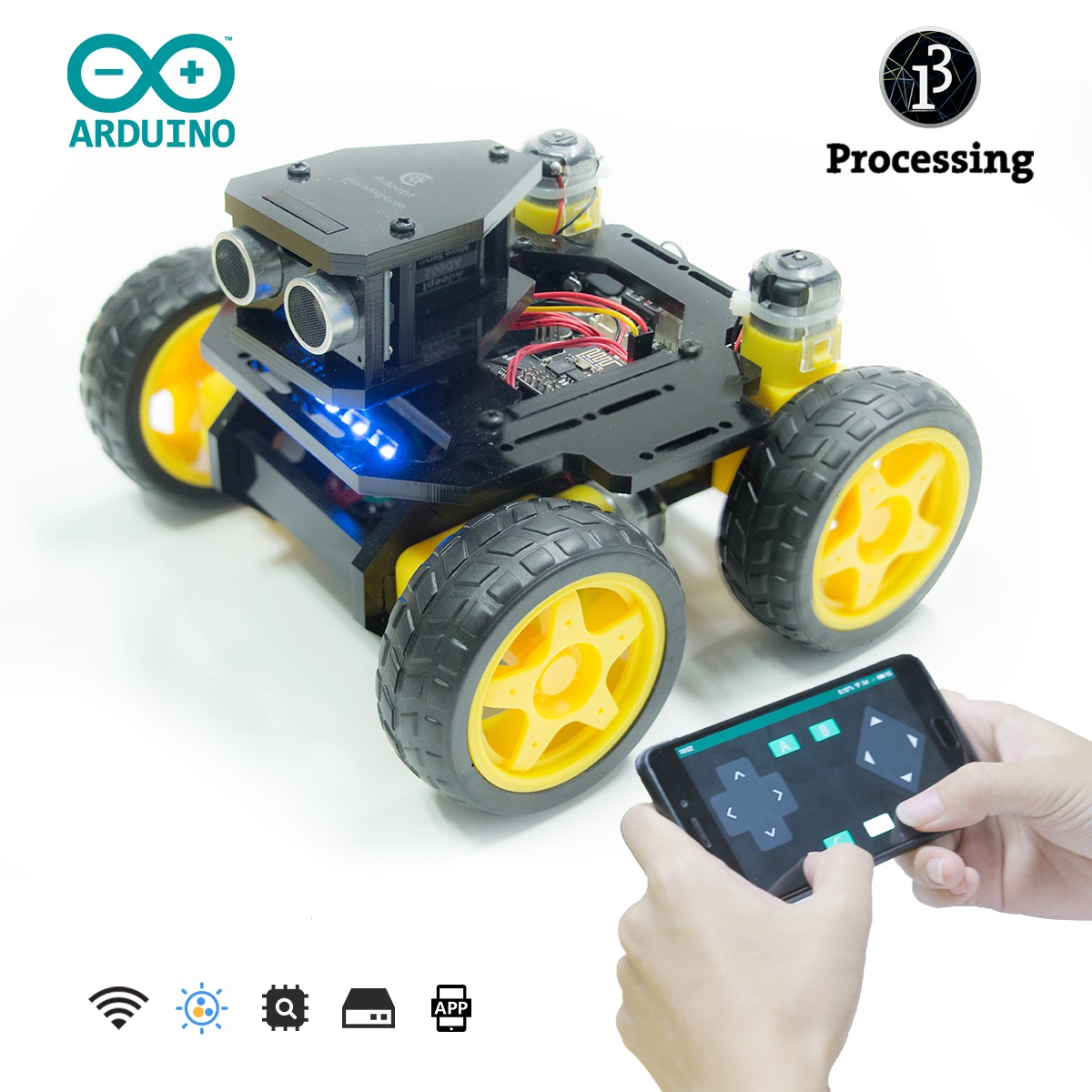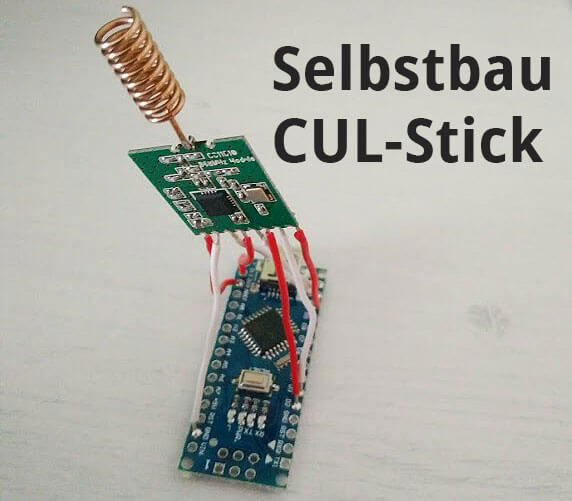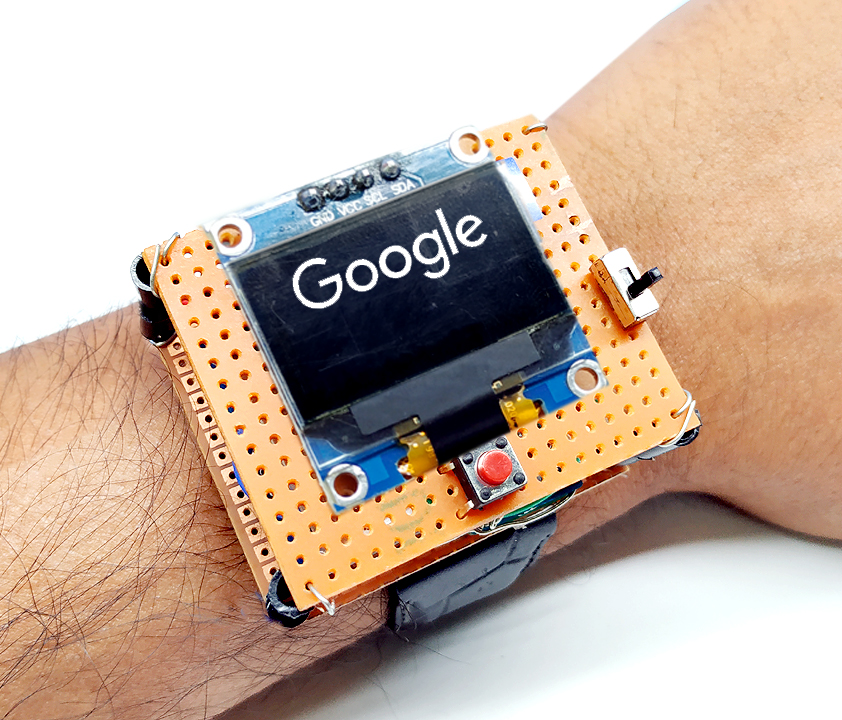DIY Smart Home With Google Assistant and Arduino : 6 Steps
Table of Content
We suspect we’re more likely to experience pranks from hackers from rival sporting teams who want to flood our homes with their colors. I used Altium designer to draw the circuit and design the PCB. It is a powerful tool that can be used to design and create our own PCBs for our project as well as complex and multi-layer PCBs for industrial use. Hello, I really like your project and I think I have skills to help you. Now all you have to do is start the App, enter the IP address of the Pi and port it is listening to .
Using a Wi-Fi-enabled NodeMCU board alongside a servo motor, Max physically moves the switch via the cloud. By creating a 3D printed case to house the switch, the original fitting is unaffected. In our introduction to the Blynk service, we show several methods for using Blynk. Its easy-to-use service is perfect for monitoring and controlling DIY smart home setups. In addition to the online service, it is also possible to install Blynk on a local server.
Build a DIY Raspberry Pi Controlled Smart Speaker
The Gassist Pi setup has all of the same features as a regular Google Home—along with an ever-increasing array of other integrations. That said, some elements of home automation do not come cheap. But, with a DIY attitude and some inexpensive components, you can build your own smart home on a shoestring budget. Bluetooth is another common way to remotely communicate with your Arduino. In most cases you will need to get a Bluetooth shield in order to connect, and at under $3, they are a cheap option if you want to take this route. The Arduino in these examples controls our chosen appliance when triggered.

You can click on settings icon to edit your IP address and turn on or off alarm. When you turn on alarm, app get data from PIR sensor in service and if it's detected move in your home it's make a notification. App retrieves the data from the motion sensor every minute. If you’re looking for a way to create an adorable Arduino powered mood lamp, this MakeUseOf projectmight be the best place to start.
Install a Mechanical Smart Light Switch
Then choose Adafruit and click on “send data to adafruit IO”. The ON-OFF feed appears in the first field and then enter the desired code in the second field (here as an example “all-on”). When you click refresh in your app or in browser Arduino sends data to smartphone/browser. Application gets source code from each page ( /tempin, /tempout, /rain, /window, /alarm) and displays it on your phone. Sticking with the security theme, why not set up a DIY security camera in your home?

Download it from the Playstore on your Android phone and install the app. Understanding your own voice commands with Google Home only works with the English language. So set the language to English via settings / more settings / assistant / languages and then choose English . This MUO project uses a magnetic sensor to detect when a door opens and uses that information to start a custom song.
Design your own PCBs for your Project!
Instructables user bbustin has designed the Climaduino with temperature and humidity sensors to control a wall unit A/C system. The thermostat includes a humidity control system that activates the A/C when the temperature gets too hot, allowing Climaduino to save a lot of power from going to waste. One way to secure yourself from hackable IoT is to make your own system. When his roommate brought home a “spool of LED lights,” Ben decided to put them to good use and hack those lights with an Arduino board and a Node.js script. The result was a mesmerizing ceiling lights system that allows you to change lighting colors on your phone.
From your living room to your bedroom and bathroom, these DIY gadgets can help enhance your home on your own terms. Newest to the Arduino Nano cousins – The Arduino Nano 33 IoT is the best Arduino board available if you want to add network connectivity to your project. Due to its small form factor, it is very easy to incorporate with existing projects.
Step 2: Build the Box
Still, a much cheaper and more rewarding option is to make your own custom smart home system. In this article we will cover the basics of how a Smart Home system works, and give a few examples of simple DIY Arduino projects anyone can make. Hot water heaters not only consume a lot of power but can also be very expensive to begin with. Instructables user cnathan has created a great water heater using some old parts he found lying around at home. You can follow his instructions to build your own homemade water heater too. To make the Climaduino Thermostat, you’ll need an Arduino Uno, an LCD display, DHT22 temperature and humidity sensor, along with a few other parts.
Blynk gives you quick and easy control of any Wi-Fi-enabled microcontroller and is a robust tool in the arsenal of many home automation hobbyists. As one of the most experienced PCB manufacturers in China, they pride themselves to be our best business partners as well as good friends in every aspect of your PCB needs. To make the experience fit your profile, pick a username and tell us what interests you. A security system using the Arduino Bluetooth Camera and ultrasonic to detect that a stranger has entered house and capture a photo of him. "Hi, There is a dangerous level of gas in your home! Please check your dashboard."
You might have seen similar RFID-controlled locks at your workplace, but this DIY IoT project allows you to bring that technology home. Now that you understand the basics of making DIY smart home appliances, lets look at some examples. In the example above, the Arduino reads the input voltage from the button using digitalRead. When the voltage is read as HIGH, it turns the LED on by using digitalWrite to set its pin to HIGH.
All you need is an Arduino board with network connectivity, some relays, and an android phone. Arduino WiFi Command Centeris a simple lightweight android application that can be used to control robots andRaspberry Piand Arduino Home Automation over WiFi. All you have to do is connect your mobile phone to the network, enter the IP address and port of the server and control it using the On-Off buttons.
You can set up an account at no ip but this is not necessary. First you need to do is download, extract and import this library to arduino IDE. And download 1Wire library from here, Dallas temperature from here and import them to arduino IDE too. With a few cheap relays and a NodeMCU board, you could take complete control of your home's heating system. By modifying the Google Assistant SDK, shivasiddharth has added support for Kodi and other streaming platforms.
You can use the output to plug back into IRremote, to resend the signal. 1Sheeld over the Arduino and install it inside the box. Don't forget to make the holes for the components like ultrasonic, gas sensor, etc. First, get the cardboard foam material and cut it into the below described dimensions so you get 6 faces of the box. And these of course in addition to the listed components and fabrication materials. Terminal Shield acts like a serial monitor "for debugging only."
Step 8: Configuring the App
Finally, open the 1Sheeld app and connect it to the 1Sheeld board via Bluetooth. The last 2 codes are required for the Auto-Optimization mode. The box door is fixed to its closing position by using 2 small magnets placed on the box door and 2 metal pieces placed on the correct faced closing place. Then the device will wait for 30 seconds and if the fingerprint hasn't been entered and matched, then it will take a photo of that stranger and send it back to the owner's email.


Comments
Post a Comment